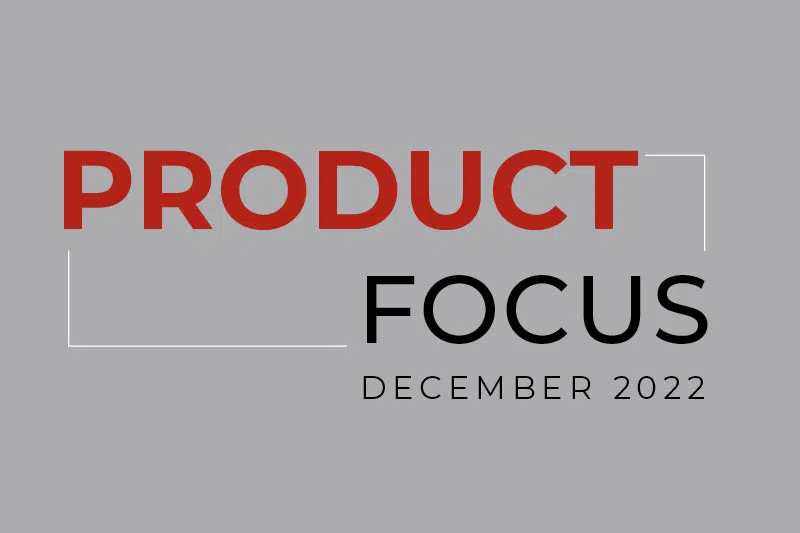In the HVACR industry, like in life, the only constant is change. As we stand on the brink of another year, the question that looms large for every contractor is: Do your prices need revision? It’s a good question.
Let's review this topic by separating it into four categories: Pricing Philosophy, Working Smarter Not Harder, Your Customers’ Needs, and Pushing Your Company Toward Excellence.
1. Pricing Philosophy
Balancing Costs and Value: The Price Paradigm
Your prices are more than just numbers on a bill; they reflect the value you provide, the costs you bear, and the profit that fuels your growth. It's a delicate balancing act – raise your prices too high, and you risk alienating your customer base; too low, and you're undercutting your sustainability. This is a common battleground where cost-covering meets value-making.
Profit or Bust: The Price of Doing Business
Profit isn't a dirty word; it's the lifeblood of your business. Yet, achieving it doesn't always mean hiking up your prices. It's about smarter business. How can you do business smarter? Optimize your marketing strategies to improve operational efficiencies. Upgrade your software and data integration. Do an audit to find inventory inefficiencies.
2. Work Smarter, Not Harder
Material Costs: To Absorb or Not to Absorb?
When the price of copper wires spiked, we all wished we'd hoarded rolls. Yet, did every contractor raise their prices in response? Not necessarily because sometimes, absorbing a cost increase is a strategic move, especially if it keeps your phone ringing with service calls that lead to bigger jobs.
The Combo Meal Strategy: Upselling Without Upscaling
McDonald's didn't supersize their burgers – they supersized their fries and drinks. The lesson? Find your 'fries and drinks'. Upsell the ancillaries where the profit margin is high and the customer resistance is low. That's where your hidden profits lie.
3. Your Customers' Needs
Loss Leaders: A Calculated Risk
Again, McDonald's sold a 99-cent hamburger for years, not because they couldn't charge more, but because it lured customers through the door. For us in the HVACR world, loss leaders use a discounted service call similarly. They're not about immediate profits, they're about the long game, about customer retention and the lifetime value they bring.
Definition | Loss Leaders: A product sold at a loss to attract customers.
It sets the stage for future gains by establishing trust and rapport with your customers. When you offer a service at a price that doesn't immediately turn a profit, you're investing in customer loyalty and opening doors to potential upsells. It's akin to the introductory chapter of a novel where you entice the reader with a compelling start, promising more value in the chapters to come. In HVACR, this might mean offering a seasonal maintenance check at a can't-miss price for HVACR contractors, knowing it could lead to a full system upgrade down the line. These strategic decisions can transform a one-off service call into a lifelong customer relationship, turning a modest investment into a substantial return.
Cherry-Picking Clients: A Luxury or a Necessity?
An overflow of customers is an excellent problem to have, but it begs the question – which clients do you serve first? The answer lies in cherry-picking. Select the customers that align with your business values, can afford your rates, and will become your brand ambassadors. Every customer is not your customer.
Marketing Missteps: The Price Conundrum
The number one mistake many contractors make is focusing solely on price. High prices might boast of quality, but if they're not matched by customer perception, they can turn away more business than they bring in. Your closing ratio is the canary in the coal mine – it tells you when your prices are hitting the mark or missing it entirely.
In the narrative of quality, there's a tale my contracting business knew well. Customers would repeatedly ring up, saying, "I heard about you from So-and-So. They mentioned you're a little expensive but top-of-the-line and wouldn't dream of calling anyone else." This word-of-mouth reputation is the gold standard in service industries. If your prices are set above the rest, they must reflect the superior quality and unmatched expertise your company consistently delivers. It's not just about being good. It is about being the best and ensuring every job reaffirms that truth.
What truly set us apart was providing our customers with choices that empowered them to select higher-quality solutions with more robust warranties1. This approach didn't just meet their immediate needs, it offered them a stake in the quality and longevity of the repairs, cementing trust and establishing our reputation for excellence.
4. Pushing Your Company Towards Excellence
Quality and Customer Experience: The Unseen Costs
What if a competitor with shiny new trucks and eager technicians moved into your neighborhood? It's not just about revising your prices. It is about revising your quality and customer experience. As a contractor, try secret-shopping your own company. It can be an eye-opening exercise in customer empathy.
Looking Inward: The True Path to Price Revision
Look inward before you put pen to paper and start revising your price list. Can you make internal adjustments that could offset the need to raise prices? Sometimes, a better purchasing strategy or a new operational efficiency can be the buffer you need against market fluctuations.
Preserving the Core: Where's the Beef?
As you navigate through your pricing strategy, ask yourself, "Where's the beef?" It's a metaphorical question pointing to the core of your pricing strategy. Preserve the pricing on your main offerings. These are essential to cover your costs. But play with the ancillaries to enhance the customer experience and your bottom line. You may be surprised.
The Final Verdict: To Revise or Not to Revise
As we look to the coming year, it's not just about whether you should revise your prices but why, when, and how. Revisions should be thoughtful, data-driven, and customer-focused. It's not just a financial decision, it's a strategic move that speaks volumes about your business philosophy.
Ultimately, the decision to revise your pricing isn't merely a reflection of external market pressures. It will be a testament to your business acumen. It's about understanding your operation's heartbeat and your clientele's pulse. As we march into the new year, let's do so not with trepidation but with confidence, armed with a pricing strategy as dynamic as the market in which we thrive. Your prices are more than the figures on an invoice. They are the signature of your business's narrative. They tell a story of value, quality, and excellence.
If you need help, let us know. The New Flat Rate helps contractors pinpoint their prices to reflect their vision and goals. 706.259.8892 | info@thenewflatrate.com
1 What is Menu Pricing (The New Flat Rate, 2023) https://thenewflatrate.com/
Rodney Koop, CEO and founder of The New Flat Rate, is a motivational speaker, author, entrepreneur, and solutions-based enthusiast. Over the last three decades, Koop has founded and sold HVAC, electrical, and plumbing service companies.





